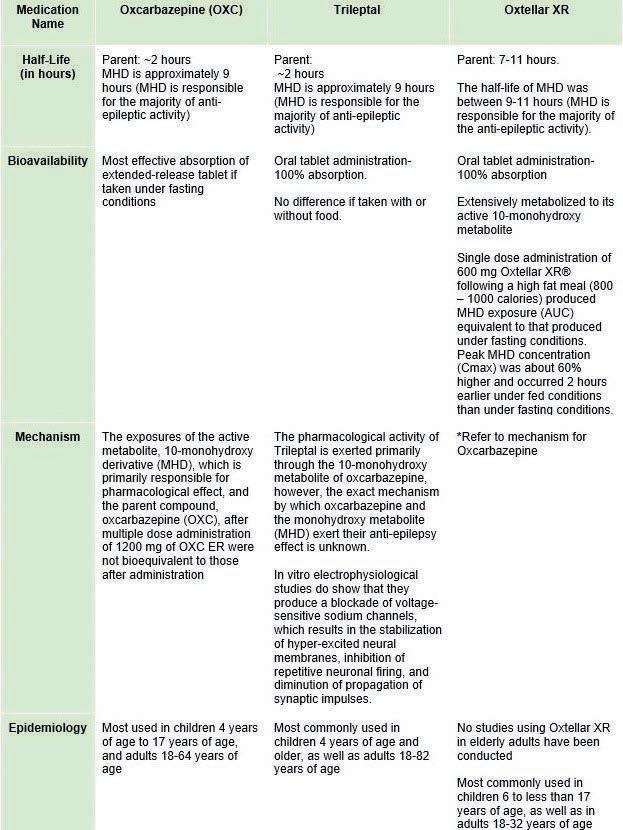Scholarly Research In Progress • Vol. 5, November 2021
Declines and Pronounced Regional Disparities in Prescription Opioids in the United States Joshua D. Madera1†, Amanda E. Ruffino1†, Adriana Feliz1†, Kenneth L. McCall2, and Brian J. Piper1,3 Geisinger Commonwealth School of Medicine, Scranton, PA 18509 University of New England, Portland, ME 04103 3 Center for Pharmacy Innovation and Outcomes, Forty Fort, PA 18704 † Doctor of Medicine Program Correspondence: jmadera@som.geisinger.edu 1 2
Abstract
Introduction
Background: The United States (U.S.) opioid epidemic, including the misuse of prescription drugs, is a significant public health crisis due to the risk of addiction and overdoses. Despite guidelines and several policies that have been implemented to combat these issues, drug overdoses continue to increase. This study aimed to assess the changes in opioid prescriptions between 2010 and 2019. We hypothesized that a decrease in opioid prescriptions would be observed but that there would be substantial state level variability.
The current rate of opioid prescriptions coupled with the risk of opioid addiction and unintentional overdose is a persistent public health concern. The aforementioned, intertwined with the observed increase in opioid overdose-related deaths, promoted the public health concern to a nationwide United States (U.S.) epidemic (1). The current rate of opioid prescriptions may be attributed to an increased prevalence of chronic pain, limited knowledge regarding long-term opioid use, and pharmaceutical companies capitalizing on false claims regarding the non-addictive nature of opioids (2). Since the emergence of heightened opioid utilization, the number of opioid-related deaths has steadily risen from 1999 to 2019 across the U.S. (3). In 2019 alone, a total of 70,630 drug overdose deaths occurred, corresponding to an age-adjusted rate of 21.6 per 100,000 population and a 4.3% increase from the 2018 rate (20.7) (1). However, despite the increasing mortality rate, the opioid prescription per capita expanded 7.3% between 2007 and 2012 with marked prescription rate increases in family medicine, general practice, and internal medicine (4). Given the stable prescription rates and increased pervasiveness of adverse outcomes, a sizable intervention was necessary to control this problem. With the plan to trigger nationwide transformation, the U.S. Department of Health and Human Services declared the opioid epidemic a public health emergency in 2017 (5).
Methods: Data was obtained from the U.S. Drug Enforcement Administration’s Automation of Reports and Consolidated Orders System. Data from 2010 to 2019 was collected for 10 prescription opioids (codeine, fentanyl, hydrocodone, hydromorphone, meperidine, methadone, morphine, oxycodone, oxymorphone and tapentadol) and was analyzed. Results: The peak years for all 10 prescription opioids were identified individually between 2010 and 2013 except for codeine (2015). There was a -51.96% overall decrease in opioid distribution. The largest decrease was observed in Florida (-61.61%) and smallest in Texas (-18.64%). While the largest quantities of opioid distribution were observed in Tennessee (520.70 morphine milligram equivalent or MME per person) and Delaware (251.45) in 2011 and 2019, respectively, the smallest MMEs were observed in Nebraska (153.39) and Minnesota (90.49), respectively. The highest to lowest state ratio of opioid use, corrected for population, was 3.39-fold in 2011 to 2.78-fold in 2019. Moreover, the distribution between hydrocodone and codeine, and hydromorphone and codeine increased significantly from 2011 to 2019, p < 0.05. Conclusion: Following the peak year for each opioid, a steady decline in opioid distribution was revealed. However, the extent of prescription use varied 3.39-fold in 2011 and 2.78-fold in 2019 by state. Moreover, there was an overall 42.99% decline in total opioid distribution across the U.S. from 2011 to 2019. If evidence-based medicine was being practiced, we would have expected that two states with similar rates of acute pain (e.g., North and South Dakota) should have similar use patterns for prescription opioids. However, we observed pronounced regional variability. The observed regional differences may partially be due to variability in state-level legislative changes that were implemented to combat the opioid epidemic or other factors. Additional research focused on the relationship between policy changes and prescription opioids is warranted.
146
Following this declaration and the resulting shift in mentality regarding the devastating effects associated with the overprescription of opioids, a strategic nationwide plan to combat the epidemic remained unestablished. Instead, the task to develop strategies aimed at curbing the epidemic was left to the individual states, creating an opportunity for opioid legislative disparities nationwide. State legislators have independently created legislation guiding the prescribing of opioids for a multitude of conditions such as acute pain, chronic pain, cancer, terminal condition, palliative care, etc. For example, in Florida, House Bill 21 was enacted that would require certain registered practitioners to complete a specified boardapproved continuing education course to obtain authorization to prescribe controlled substances, adopt rules establishing certain guidelines for prescribing controlled substances for acute pain, provide requirements for pharmacists for the dispensing of controlled substances to persons not known to them, and authorize a pharmacist to dispense controlled substances upon receipt of an electronic prescription if certain conditions are met (6). Further, prescribers are asked to develop












































